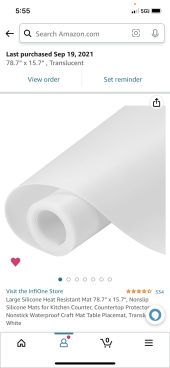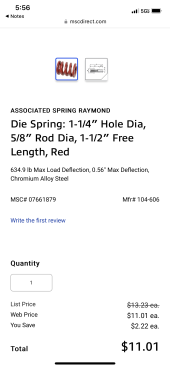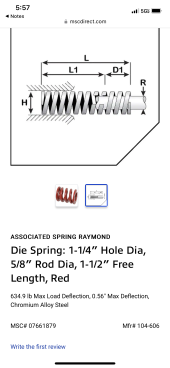Ron-ski
Solar Enthusiast
@MrM1 Its not so much the density, its the ability of foam to push back, just like a spring.
Think of it as a spring, squash the spring, two months later when you release it, it will return to the same length, so its still exerting pressure.
If you squash most foams they will take a set, release it after two months and it stays squashed, so it stops exerting a pressure.
You also need to know how much pressure the foam exerts, and unless you can get a data sheet for the foam, you won't know.
Think of it as a spring, squash the spring, two months later when you release it, it will return to the same length, so its still exerting pressure.
If you squash most foams they will take a set, release it after two months and it stays squashed, so it stops exerting a pressure.
You also need to know how much pressure the foam exerts, and unless you can get a data sheet for the foam, you won't know.






